Amsterdam School Movement
While living in the Netherlands, one of the most inspiring architectural discoveries I made was the Amsterdam School movement. Active roughly between 1910 and 1930, it marked a truly unique period in Dutch architectural history. What fascinated me most was how traditional forms, fine craftsmanship, and cultural heritage were reimagined with a progressive mission: to improve the living conditions of working-class people.
The movement grew out of the social ideals of the time. In early 20th-century Netherlands, housing policy began to support the idea that well-designed, affordable homes should be available to all — not just the wealthy. This gave rise to a new kind of architecture, one that combined social purpose with bold artistic expression.
At its heart, the Amsterdam School was never just about buildings. It was about creating a richer, more beautiful everyday life for ordinary people. Architects like Michel de Klerk, Piet Kramer, and Johan van der Mey — who embraced the idea of Gesamtkunstwerk (a "total work of art") believed that even social housing could be expressive, joyful, and full of dignity.
What makes these buildings so special is their personality. Every corner tells a story — from playful curved lines to striking brick patterns and imaginative details that catch your eye when you least expect it. You can really feel the care and attention that went into every façade, every window, every sculpted element. There’s a kind of warmth and humanity in the architecture that’s hard to find elsewhere.

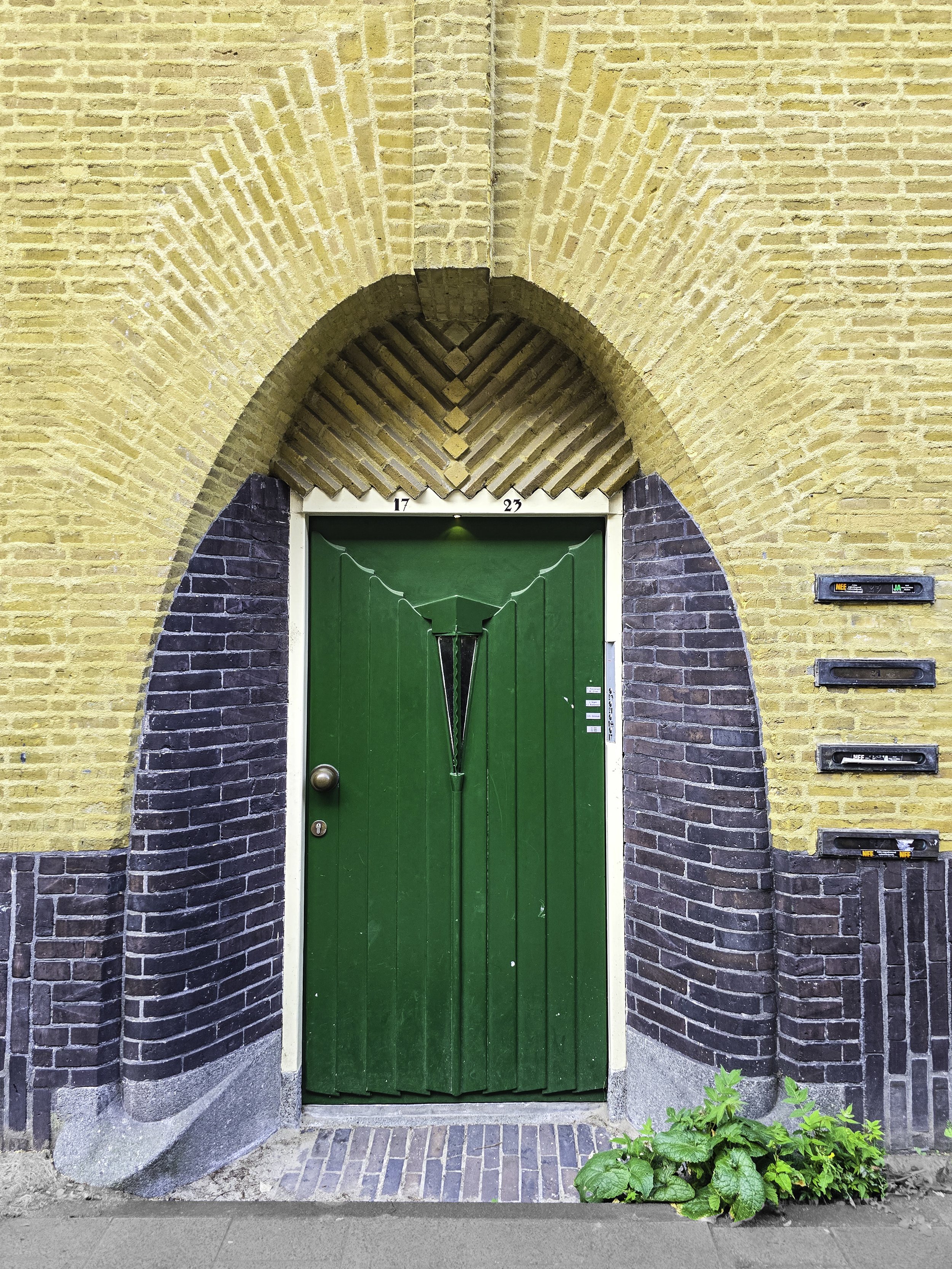
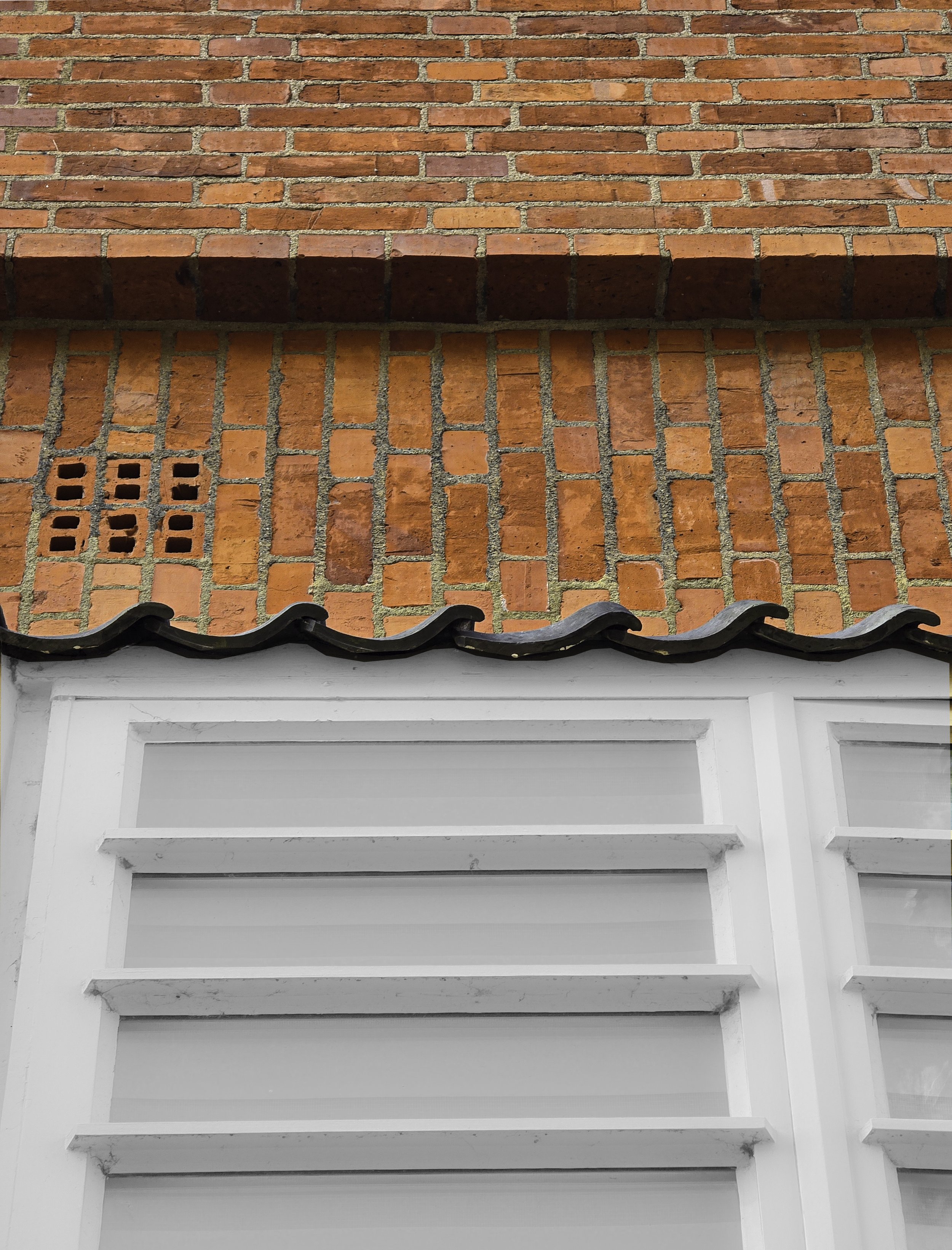
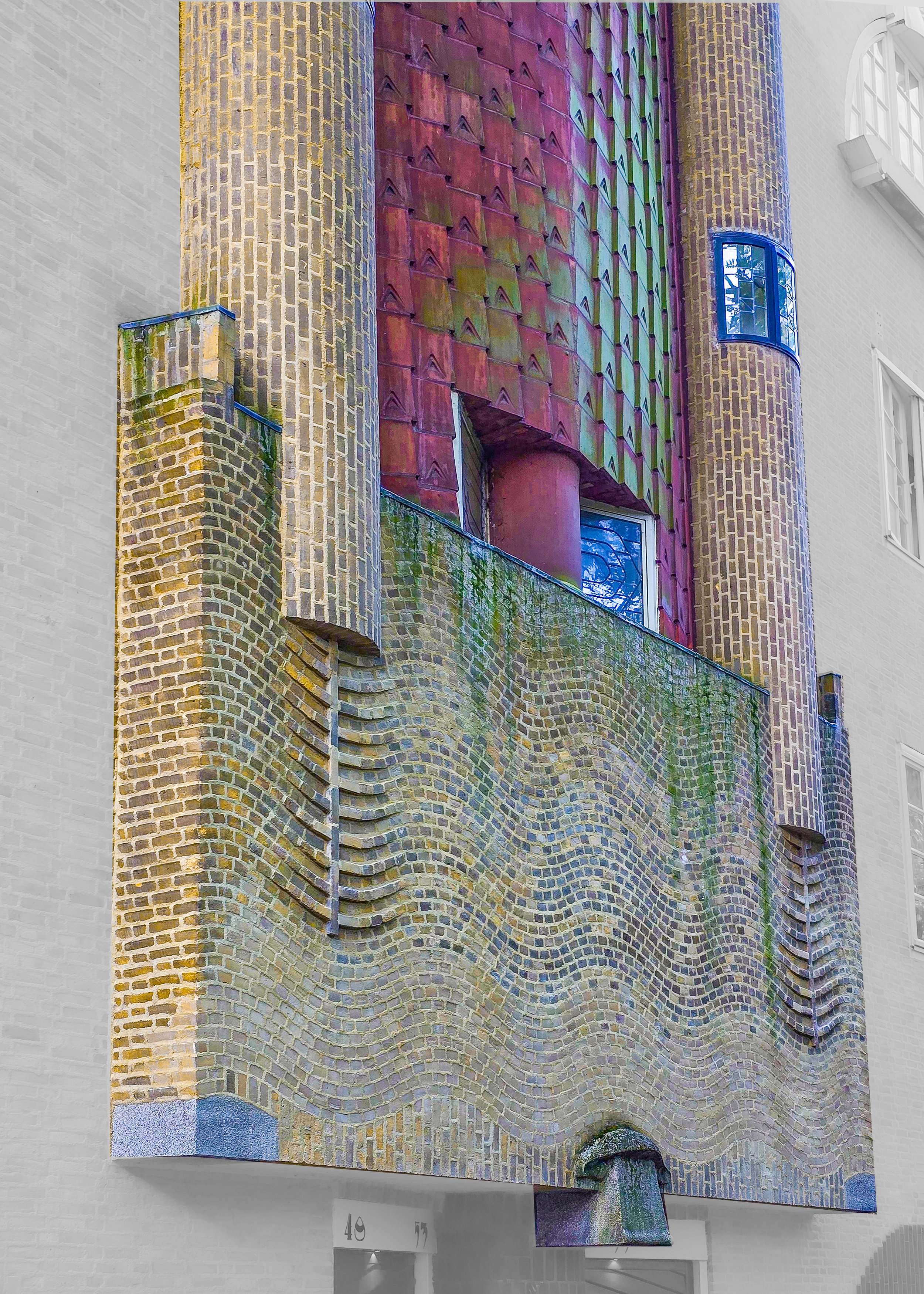
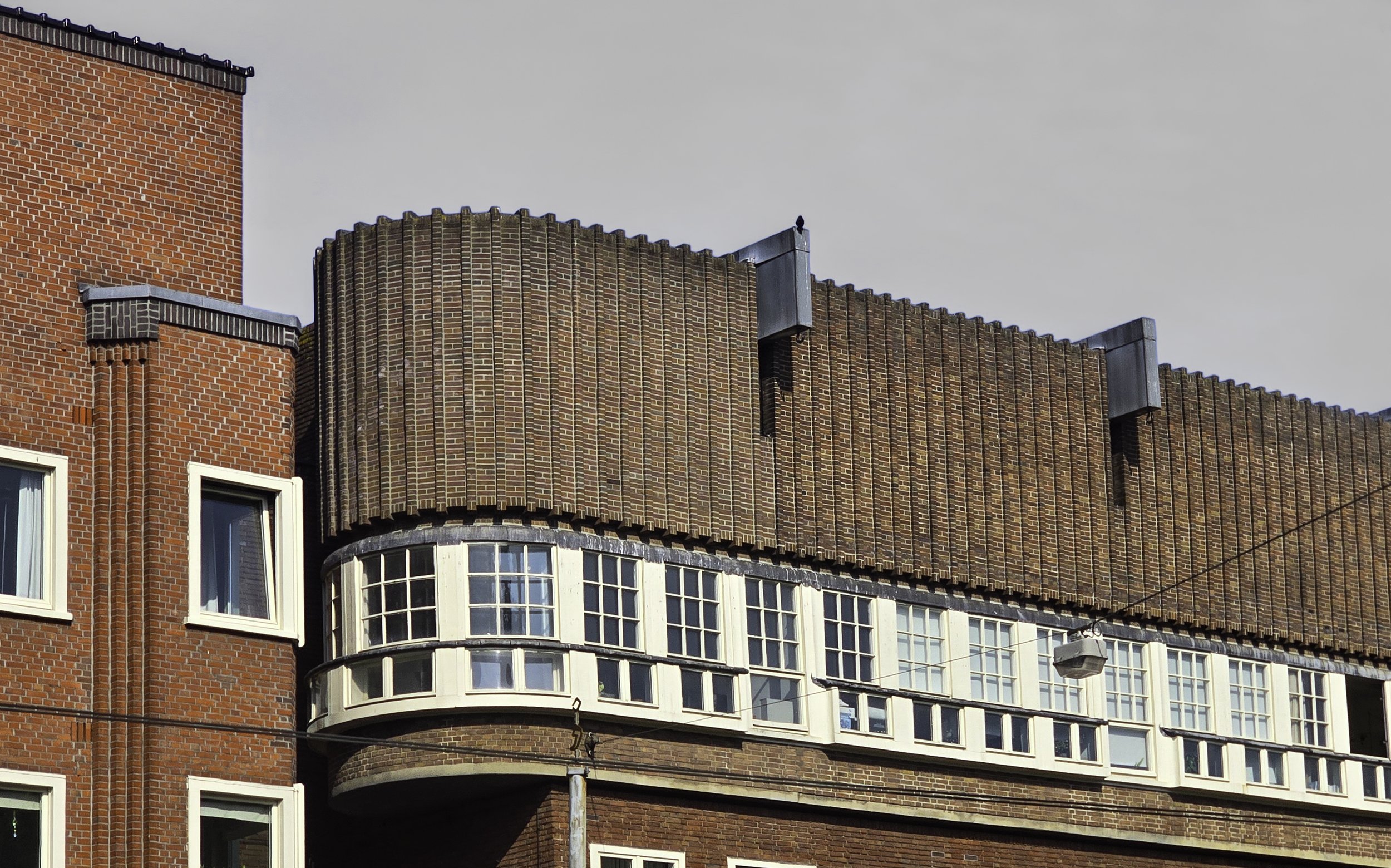
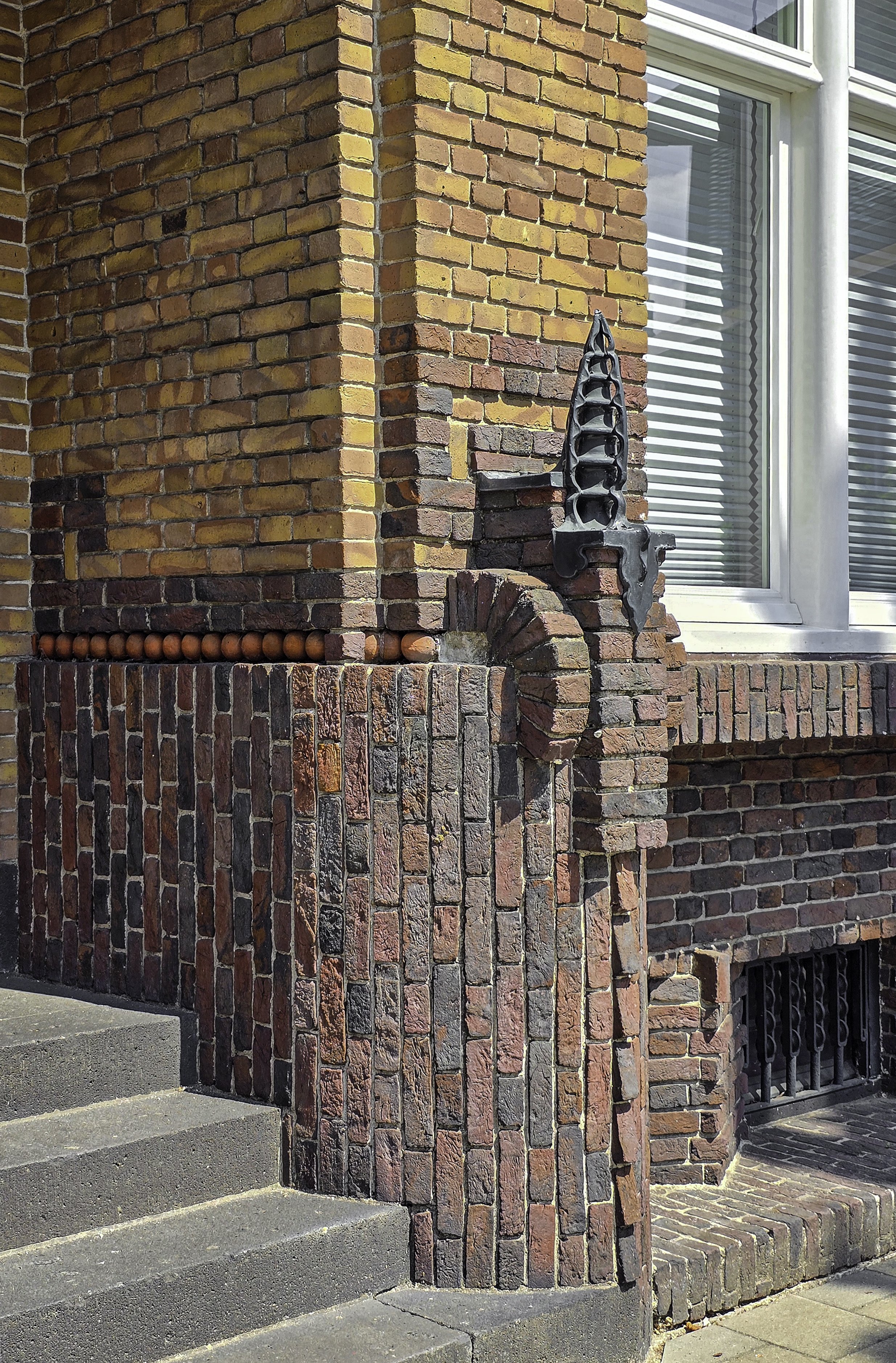
One of the most remarkable features of the Amsterdam School is its use of architectural sculpture. Many facades are adorned with sculptural elements inspired by mythology, Dutch folklore, or scenes from everyday working life. These details weren’t just decorative — they were symbolic, meant to tell stories and evoke themes of strength, solidarity, and imagination. Sculptors like Hildo Krop worked closely with architects to integrate these works directly into the architecture, creating a seamless blend of form and meaning.
Together, all these elements make the Amsterdam School one of the most expressive, human-centered, and socially conscious architectural movements of the 20th century. And in a time when many cities are struggling with soulless developments and housing inequality, its legacy feels more relevant than ever.
If you're visiting Amsterdam and want to explore Amsterdam School architecture, here are some key locations with the highest concentration of buildings:
Het Schip & Spaarndammerbuurt – The heart of the movement, and home to the Amsterdam School Museum.
Mercatorplein – A vibrant public square surrounded by beautifully detailed architecture.
De Dageraad – A residential project that perfectly captures the Amsterdam School’s ideals.
Rivierenbuurt – A neighborhood full of varied examples, from housing blocks to public buildings.
Take time walking through these areas. Observe closely, the windows, the bricks, the sculptures, and it becomes clear what makes this movement so special. The Amsterdam School isn’t just something to admire from afar, it invites slowing down, noticing the details, and imagining a world where even the most practical spaces are filled with creativity, care, and lasting beauty.




















